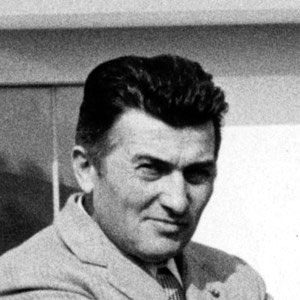Reform of the CTP 2018 finally approved

The new tariffs will come into force in 2019

the Central Bank, the Ministry of Finance and the Russian Union of motor insurers (RAMI) is a very long walk around it. In spring it became known about the imminent reform of the CTP, which will change the calculation of the cost of the policy and will make insurance more expensive. Originally it was planned that the amendments will be adopted in the summer. However, time after time, the initiative was postponed in connection with necessity of improvement. Only now the Central Bank finally he said readiness.
the regulator calls the changes "the first step towards individual rate insurance". We are talking about the fact that after some time, the market came to this regulation, when each driver will be assigned its own tariff, which could more accurately reflect its characteristics, including history of former benefits, discipline and so on.
Modified coefficient age experience
in the meantime, changes can be called evolutionary. The Central Bank introduces a flexible system of ratio age-length (FAC) with more detailed gradation steps: 58 instead of the current four. The final FAC for the young and inexperienced will be raised to 1.87.
the Central Bank also introduces a new reduced rate for drivers older than 59 years with experience more than 3 years: it is 0,93, then there will be actually two times lower than for the young and inexperienced.
Simplified coefficient bonus-Malus
Reform has been and coefficient of bonus-Malus (MSC). The Central Bank announces the transition to a more simple and understandable system of allocation, MSC. He will now be assigned to a driver once a year on April 1 and during the year will not be recalculated. In the case of "zadvoenie" KBM in the system (it happened sometimes earlier) will be automatically selected the lowest of them.
Plus, now KBM will not be zeroed out. The coefficient automatically "throw off" if the motorist was not issued a new insurance policy in the year following the expiration of the previous one. This approach was hardly fair.
Extended base fare
However, the most obvious change relates to the individual rate: we are talking about the extension of the corridor in the basic rate 20% up and down. If today he is 3432-4118 rubles, that will soon change to 2746-4942 rubles. This means that insurance companies can be more flexible in the selection of the base cost of the policy. For example, they will be able to increase it by 20% in the "unprofitable" regions, and to reduce by 20 % in profitable. However, in practice, expect a rather orderly growth rates.
So how much will increase the cost of the insurance policy?
overall change in the new reform is not so much advanced base fare slightly transformed coefficient age experience, and even a couple of little things. But how much will change the price of the insurance policy?
In October, the Chairman of the Central Bank Vladimir chistyukhin stated that the average cost of the policy should not rise more than 1.5 %. In other words, if you're used to paying for insurance, let's say 7 000 rubles, now its price will increase to 7 105 rubles. And was it worth it because of this "weave" venturing all the fuss?
you Need to understand that the main goal of the Central Bank was not so much the increase in the overall prices for insurance, how to develop a more individual rate. The change in the value of the policy will be different in each individual case. While it is impossible to predict, because the decision on the choice of the base fare, which has now become more flexible, stays with the insurance companies.
When you begin to operate the new insurance fees?
While the Central Bank does not call the exact timing of the introduction of the new tariff CTP. Voiced a hope that the reform will enter into force in 2019.
.
|
|
|








